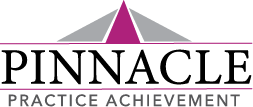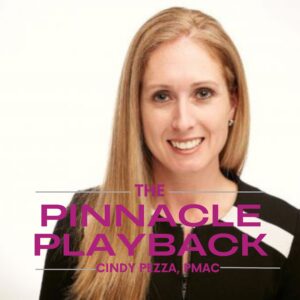Physician Burnout Part III: “Stuck”
In previous articles, I described common contributing factors of Physician Burnout while also providing suggestions for avoidance. Recently, however, I realized that I may have omitted a significant contributor. One may even call it a “phenomenon.” I will refer to it as “Stuck.”
Practicing medicine is not what it used to be. In Part One of this series, we discussed the pressures of “desktop medicine” ad nauseum; how EHRs, compliance regulations and insurance “nuances” have pushed many doctors past the point of enjoying what they do and working harder than ever for a smaller paycheck. The struggle is real and after nearly two decades in the industry and understanding the exhaustive efforts involved in running even the smallest of practices, DPMs have my utmost R E S P E C T (it’s okay, go ahead and sing it). However, if I had to provide my doctors a report card at the end of each semester working together, the area in need of most improvement would be “willingness to make changes or acceptance of the need to do so” in order to lighten the burdens of practice and decrease the risk of becoming “stuck.”
Change is not easy and most human beings do not welcome it. Most in fact, will go out of their way to work around a recurrent problem to avoid change. I discover it on a daily basis in practices that use antiquated, inefficient systems causing unnecessary stress and financial drain. As a “fixer” I break down the current systems and map out plans which include changes to processes and protocols. Experience tells me that like patients who only take in about 25% of what physicians explain, if my doctors implement even ¼ of my suggested changes, they will see improvement. From there, it is a matter of settling into the “newness” and continuing to make changes one step at a time until they realize goals not only being met but exceeded. For many doctors however, words are not backed up by actions and they are left to live the definition of insanity week after week, month after month and year after year until they reach the point of no return.
I often receive calls and emails from doctors who are part of a group, managers and staff members expressing frustration with a specific doctor who refuses to implement changes (no matter how big or small). During meetings where we dissect problem areas and agree on solutions and paths for completion as a group, these doctors “talk the talk” but when it comes time to “walk the walk” they become “stuck.” There is always an excuse why “this isn’t a good time” or “we can’t afford to hire more staff right now” when in actuality there is never a good time to make necessary yet difficult changes and let me say without a doubt that if you know you are short staffed and critical tasks are falling by the wayside (verifying active coverage of every patient prior to visit, benefit checks prior to dispensing, not collecting what is owed at time of service, etc.) you are playing a game of insurance roulette. Metrics don’t lie and you can’t afford NOT to hire if you are losing control of your practice. Pay for it now or pay for it with interest later.
Change is not easy and starting anything new is intimidating until you develop a habit. The most challenging aspect of change comes from shifting your mindset. Until that happens, you will be stuck. Stay tuned for “Getting Unstuck.”

